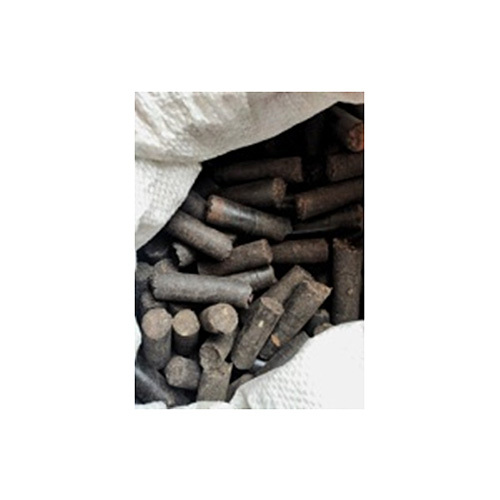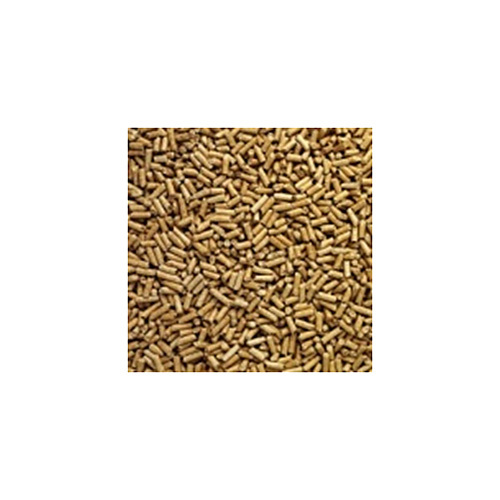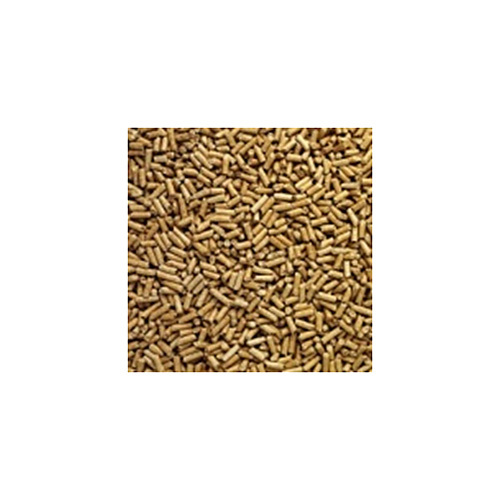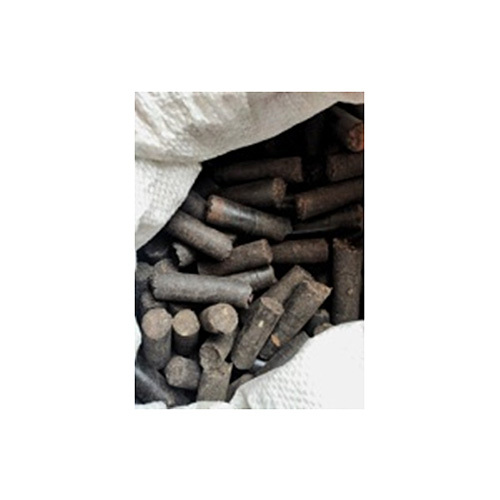6mm Paddy Straw Pellets
Product Details:
- Gross Calorific Value 3950kcal
- Fuel Type Biomass
- Moisture 5%
- Material Other
- Shape
- Ash Content (%) <8%
- Size 6mm
- Click to View more
6mm Paddy Straw Pellets Price And Quantity
- 10 Ton
- 12000.0 INR/Ton
6mm Paddy Straw Pellets Product Specifications
- 3950kcal
- Biomass
- Other
- 6mm
- <8%
- 5%
6mm Paddy Straw Pellets Trade Information
- Cash in Advance (CID)
- 7 Days
- Contact us for information regarding our sample policy
- pp bag
- All India
Product Description
Paddy Straw Pellets are a sustainable, high-energy biomass fuel made from compressed agricultural residue (paddy straw), formed into 6mm diameter pellets. With an impressive calorific value of ~3950 kcal/kg and very low moisture content (~4%), they are ideal for clean, efficient combustion in industrial and commercial heating systems. At a competitive price of Rs 12/kg, these pellets provide a powerful and eco-conscious alternative to coal and firewood.
Product Specifications:
| Parameter | Value |
|---|---|
| Pellet Size | 6 mm |
| Material | Paddy Straw |
| Price | Rs 12/kg |
| Calorific Value | ~3950 kcal/kg |
| Moisture Content | ~4% |
| Ash Content | ~1518% (natural to straw) |
| Fuel Type | Biomass / Coal Substitute |
| Applications | Boilers, Furnaces, Pellet Burners |
Key Features & Benefits:
-
High Heating Value (~3950 kcal/kg): Comparable to standard coal.
-
Ultra-Low Moisture (~4%): Quick ignition, consistent combustion.
-
Uniform 6mm Pellets: Suitable for automated feeding systems.
-
Eco-Friendly & Renewable: Made from paddy waste that would otherwise be burned in open fields.
-
Cost-Efficient: Affordable at Rs 12/kg for industrial-scale applications.
-
Supports Pollution Reduction: Helps mitigate stubble burning and reduces PM2.5 pollution.
Primary Applications:
-
Industrial Boilers & Steam Generators
Used for heating processes in food, textile, paper, and agro industries. -
Biomass Pellet Burners & Gasifiers
Compatible with pellet-fed systems in commercial settings. -
Rural & Community Energy Systems
Employed in decentralized biomass-based heating initiatives. -
Furnaces & Heat Treatment Units
Reliable for operations needing sustained high heat output.
Frequently Asked Questions (FAQs)
Q1. What are paddy straw pellets made from?
A: Theyre made by compressing dried agricultural paddy straw a waste product from rice harvesting without adding any binders or chemicals.
Q2. How do they perform compared to coal?
A: They offer nearly the same calorific value (3950 kcal/kg) as coal but are cleaner, with less sulfur and heavy metal emissions.
Q3. Can I use them in any biomass boiler?
A: Yes, especially in pellet-compatible or multi-fuel biomass boilers. Due to the ash content (~1518%), systems with ash-handling capacity are recommended.
Q4. Why is ash content higher in paddy straw pellets?
A: Paddy straw naturally contains more silica, leading to higher ash. However, this ash is non-toxic and can often be recycled as fertilizer or soil enhancer.
Q5. Is there a risk of clinker formation?
A: Paddy straw may cause clinkers in poorly designed boilers. Using a properly tuned combustion system with temperature control reduces this risk significantly.
Q6. Are these pellets safe for long-term storage?
A: Yes, if stored in a dry, well-ventilated area, protected from moisture and direct sunlight.
Q7. Can using these pellets help reduce air pollution?
A: Absolutely. They provide a clean-burning alternative to open field burning of straw, thus reducing particulate pollution and supporting cleaner air initiatives.

Price:
- 50
- 100
- 200
- 250
- 500
- 1000+






